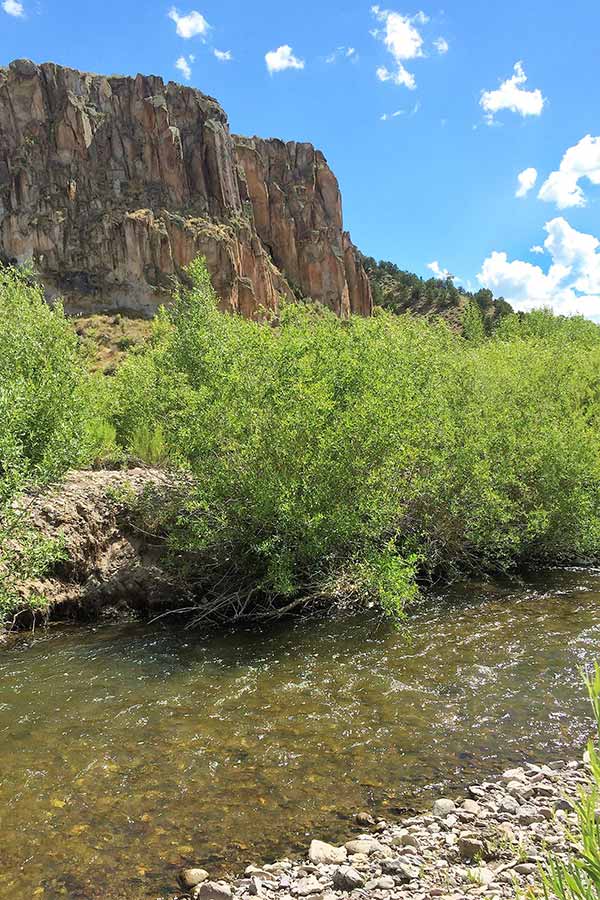Stream treatments to restore native cutthroat trout in Clear Creek, Fish Creek scheduled for late September
Cedar City — The Utah Division of Wildlife Resources will be treating parts of Clear Creek and Fish Creek in an effort to help restore native Bonneville cutthroat trout in those areas, which are part of the fish species' native range.
The rotenone treatments are scheduled to take place Sept. 20–21 at Fish Creek — from its confluence with Clear Creek upstream 6 miles — and at Clear Creek — from its confluence with Fish Creek downstream for 2 miles to the Narrows.
Rotenone is a natural substance that comes from the roots of a tropical plant in the bean family. It's a respiratory toxin to fish, but isn't dangerous to people, pets or other wildlife, especially in the extremely low quantities that biologists use to treat the streams. However, as a precaution, it is recommended to stay out of the area and to not enter the treated water from Sept. 20–23. Signs will be placed in the area during the stream treatments.
Why are rotenone treatments done?
These project treatments help native fish species in Utah and also restore them to their native ranges. Habitat loss, breeding with non-native trout and competition from non-native trout have caused dramatic declines in native cutthroat trout populations around the West, leading to concerns about the species' future.
"Native fish species, including Bonneville cutthroat trout, were restored to the Clear Creek drainage between 2010 and 2014," DWR Aquatics Biologist Michael Hadley said. "At the completion of that project, the Clear Creek drainage was the largest stream system in Utah populated by only native fish species. However, in recent years, rainbow trout and rainbow/cutthroat trout hybrids have been observed in these creeks. These fish need to be removed in order to preserve the long-term genetic integrity of the native Bonneville cutthroat trout in this area. Without the removal of non-native fish species, we can and have lost entire populations of native cutthroat trout in areas."
The biologists will work to remove and relocate as many of the native fish as they can prior to the treatments taking place.
After the treatments
The DWR will restock the creeks with Bonneville cutthroat trout later this fall after the treatments. There are also populations of native fish upstream and downstream of the treatment area that will help repopulate the streams after the treatments. Some fish will also be relocated from other streams to help bolster the native fish population in the area.

















